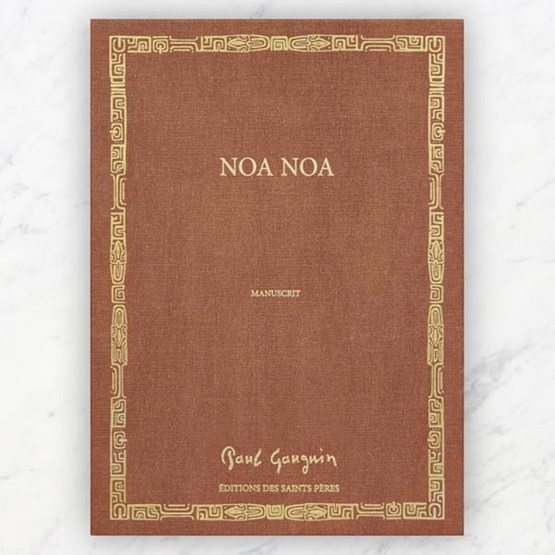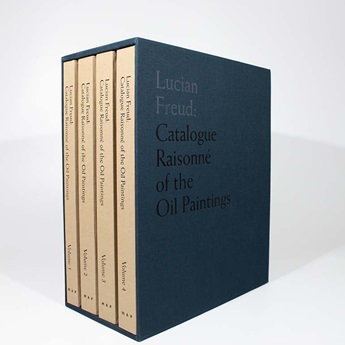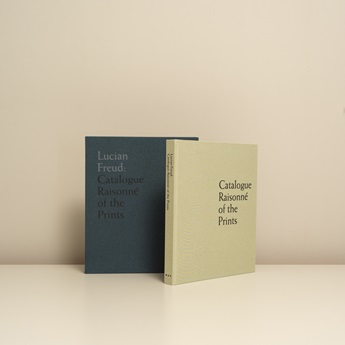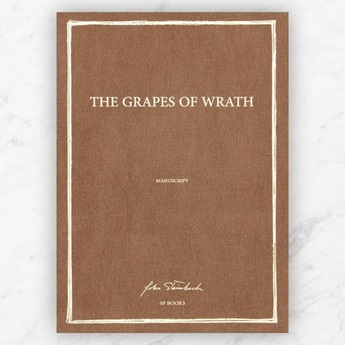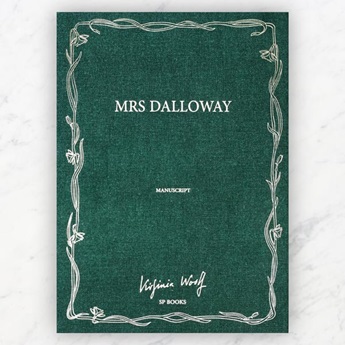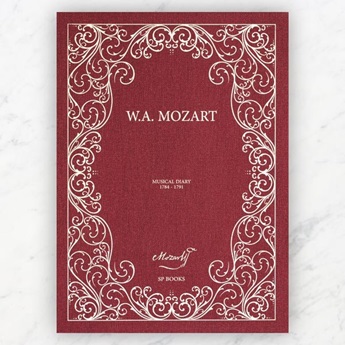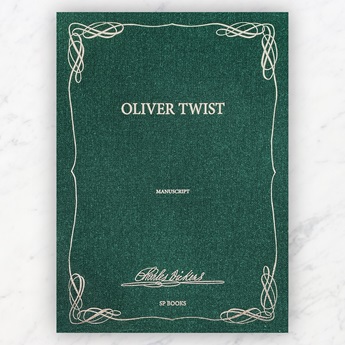Noa Noa
£220.00
Author: Paul Gauguin
About the Book:
Paul Gauguin’s first trip to Tahiti in 1891 yielded some of his most famous paintings. It also conjured for him extraordinary sensations: perfumes, colours, chants… Although well-used to trips to remote places, the painter was dazzled, and attempted to capture some of these emotions in manuscript form. This extraordinary manuscript, at once legendary, long lost then found and subject to many adventures, is: the famous Noa Noa.
About the Author:
What was Gauguin looking for as he moved incessantly from one place to another? Once upon a time, he would have replied “to live in the wild”. The idea of a ‘studio in the tropics’ took form in his mind, and, after having considered several destinations, he became obsessed with the notion of Tahiti as a symbol of tranquility far from civilization where he could indulge in his art without constraints. His approach was in no way attached to the past; he wanted to leap wholeheartedly into the future. In a letter to his wife Mette Gauguin in July 1890, he confided to her that he prayed for the day he could take refuge on an island to live a life of ecstasy, calm and art.
At the beginning of 1891, with the help of the poet Stéphane Mallarmé and the writer and critic Octave Mirbeau, Gauguin financed his trip by selling a group of his paintings at auction at Drouot. In April, he left Marseille to Papeete, where he arrived on 9 June. He immediately withdrew to Mataiea, an isolated village by the sea, where, animated with a new ardour, he began to paint like never before. This ‘man who paints men’, as he was known by the locals, blended into the landscape with relish. Unfortunately, illness forced him to return to France two years later. However, Tahiti did not leave his heart or spirit: he was certain that he would return.
